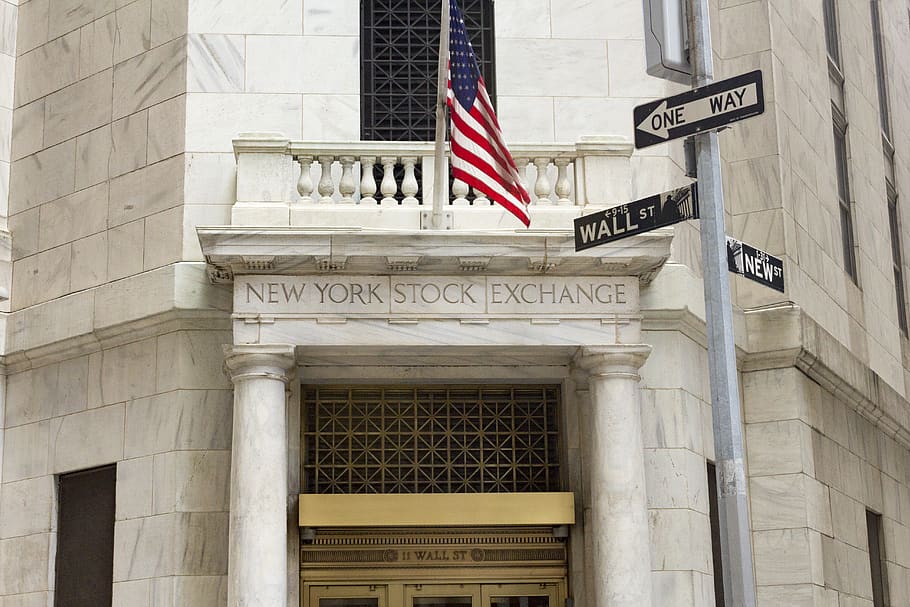New U.S. tariffs send shockwaves through global markets. Recession fears grow as investor confidence erodes.
The stock market began the day with significant losses following the implementation of sweeping new tariffs.
Asian markets mostly declined, and U.S. stock futures dropped sharply on Wednesday after President Donald Trump’s large-scale “reciprocal” tariffs officially took effect, disrupting global trade flows.
These tariffs — considered the largest imposed by the U.S. in a century — introduce steep import taxes, with some reaching as high as 50%, on dozens of countries. The move has stirred widespread investor fear, with growing concerns that both the global and U.S. economies could slide into a recession this year. Ultimately, both businesses and consumers are expected to absorb the added costs, while economic uncertainty is already slowing down hiring and consumer activity.
Japan’s Nikkei dropped 4%, and Hong Kong’s Hang Seng Index fell 1.5% after a brief recovery on Tuesday. On Monday, the Hang Seng suffered a 13% crash — its worst single-day loss since the 1997 Asian financial crisis.
South Korea’s Kospi index officially entered bear market territory on Wednesday, falling 20% from a recent high. In response, the government announced a $1.3 billion emergency package to support its struggling auto sector. The index fell more than 1% early in the day, marking a full 20% retreat from its July 2024 peak.
Taiwan’s markets also experienced steep losses. China’s Shanghai index, however, was the rare exception, posting slight gains amid a sea of red.
U.S. stock futures turned sharply lower after a volatile Tuesday, which initially appeared to signal a recovery from recent steep declines. However, investor sentiment reversed following a press briefing in which White House Press Secretary Karoline Leavitt announced that China had failed to meet its deadline to roll back a 34% retaliatory tariff placed on U.S. goods the previous Friday. As a result, the Trump administration doubled down, significantly increasing its tariffs on Chinese imports early Wednesday.
This change means all Chinese products entering the U.S. will now face a minimum tariff of 104%. Even countries not directly targeted by the so-called “reciprocal” tariffs — a label many argue is misleading — will still face a flat 10% tariff introduced on Saturday.
The announcement sparked a dramatic market selloff that continued into Wednesday. Dow futures dropped by 750 points (2%), S&P 500 futures fell 2.2%, and Nasdaq futures were down 2.5%.
The S&P 500 was poised to open in bear market territory, down 20% from its record high on February 19 — a staggering fall in just seven weeks. If the market closes in this territory, it would mark the end of a bull run that began after the inflation peak in October 2022. It would also be the second-fastest bear market transition in S&P 500 history, trailing only the Covid-driven collapse.
Meanwhile, U.S. crude oil prices sank over 4%, falling below $57 per barrel — their lowest level since February 2021. Brent crude approached $60 per barrel. With fears of a global recession mounting, oil demand for travel and shipping is expected to decline sharply.
Investors are shifting toward traditional safe-haven assets like gold, which climbed over 1% to near-record highs. However, in a surprising twist, U.S. Treasury yields have also risen, indicating a sell-off in bonds. The 10-year yield, which dipped below 4% earlier in the week, jumped back above 4.3%.
Typically, investors flock to long-term bonds during economic uncertainty, hoping for stability. But recent extreme volatility has shaken confidence in both bond and stock markets, prompting some investors to pull back entirely.





Leave A Comment